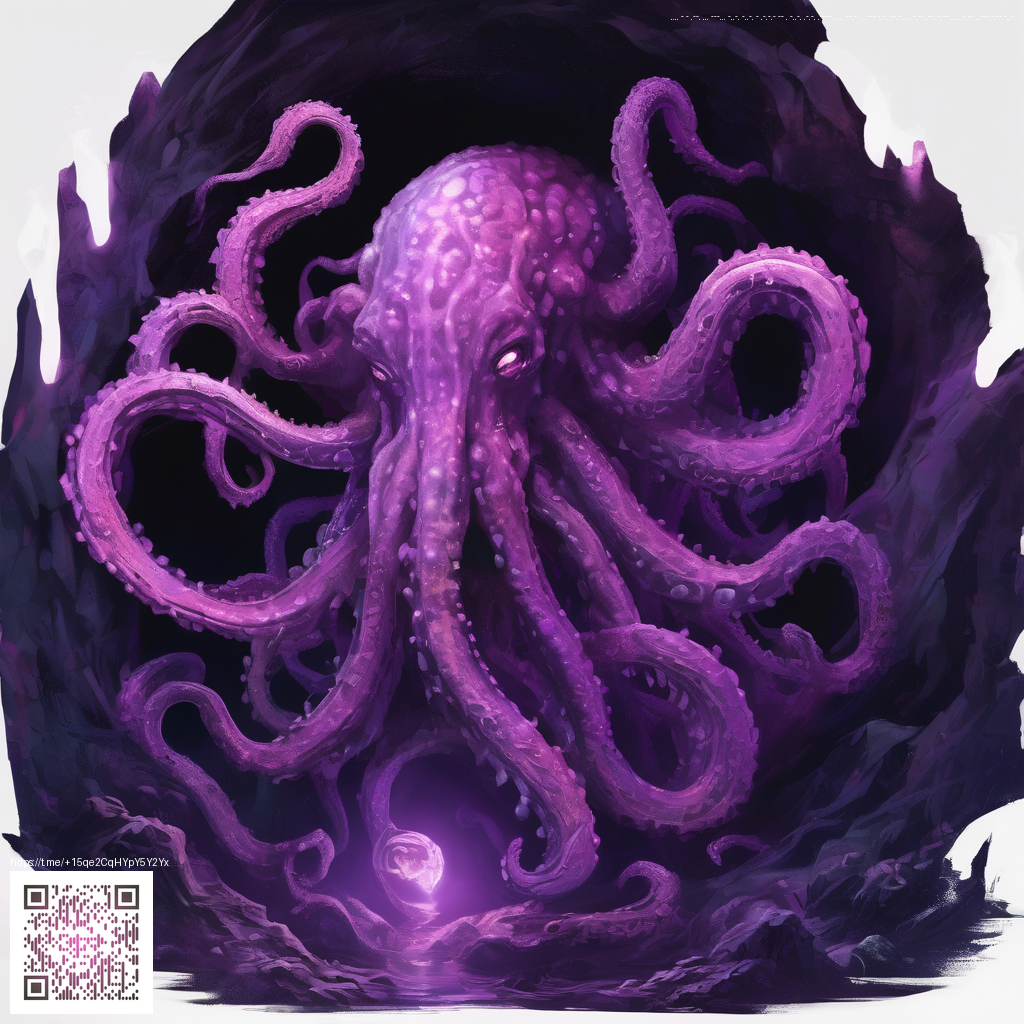
Poster Templates that Motivate: Practical Design Techniques
Motivational quotes gain their power not just from the words themselves but from how those words are presented. A well-crafted poster template acts as a vessel, guiding the viewer’s eye, emphasizing the core message, and inviting action. When you design with templates in mind, you create consistency across multiple quotes, which helps your audience recognize your voice even before they read a single line.
Core design principles that elevate every quote
- Typography hierarchy: establish a clear order—quote, author, supporting context—so readers instantly grasp the message.
- Legibility at a glance: choose typefaces with strong x-heights and ample tracking to ensure readability from a distance and on small screens.
- Color psychology: select a palette that aligns with the emotion of the quote without compromising contrast.
- White space and rhythm: breathe around the text; generous margins keep the composition calm and focused.
- Grid and alignment: use a modular grid to keep elements aligned and scalable for different poster sizes.
“Design is the quiet force behind every impactful quote.” The moment typography, color, and spacing align, a simple line becomes a compelling moment of inspiration.
From concept to template kit: a practical workflow
- Define the quote’s intent and target audience. Is it a daily reminder, a campus mural, or a social post?
- Choose a primary orientation—portrait for print posters, landscape for social media banners—and map a basic grid (columns, margins, baseline grid).
- Pair two typefaces that complement each other: one for the quote and one for the author or caption. Keep it to two to three weights maximum.
- Develop a handful of color palettes anchored by a dominant hue and one or two supporting tones. Ensure accessibility with strong contrast ratios.
- Craft export-ready templates: different sizes, both with and without imagery, so the same quote can live across channels.
- Test readability on mobile devices and in print. A poster should communicate with quick, confident recognition at a glance.
When you build a template system, you’re not just creating posters—you’re arming teams with a repeatable process. This approach also scales well for branded environments, classroom walls, or café spaces where consistent messaging helps people pause, reflect, and act.
Inspiration can come from unexpected places. For example, shopping aesthetics from contemporary accessories—like the Neon Phone Case with Card Holder (MagSafe) — Polycarbonate—high-contrast colorways and modular branding—can spark ideas for bold poster palettes and modular template blocks. A product with strong visual identity often hints at how to balance emphasis, spacing, and rhythm across multiple layouts.
For broader context and additional ideas, you can explore related insights here: https://cryptodegen.zero-static.xyz/ef7b3232.html.